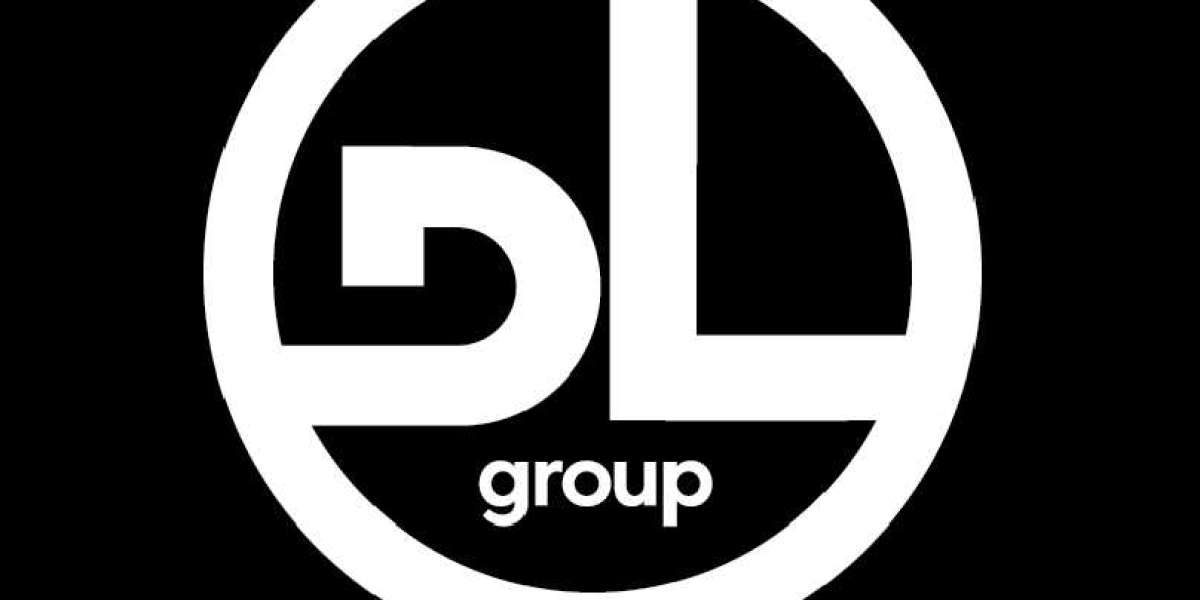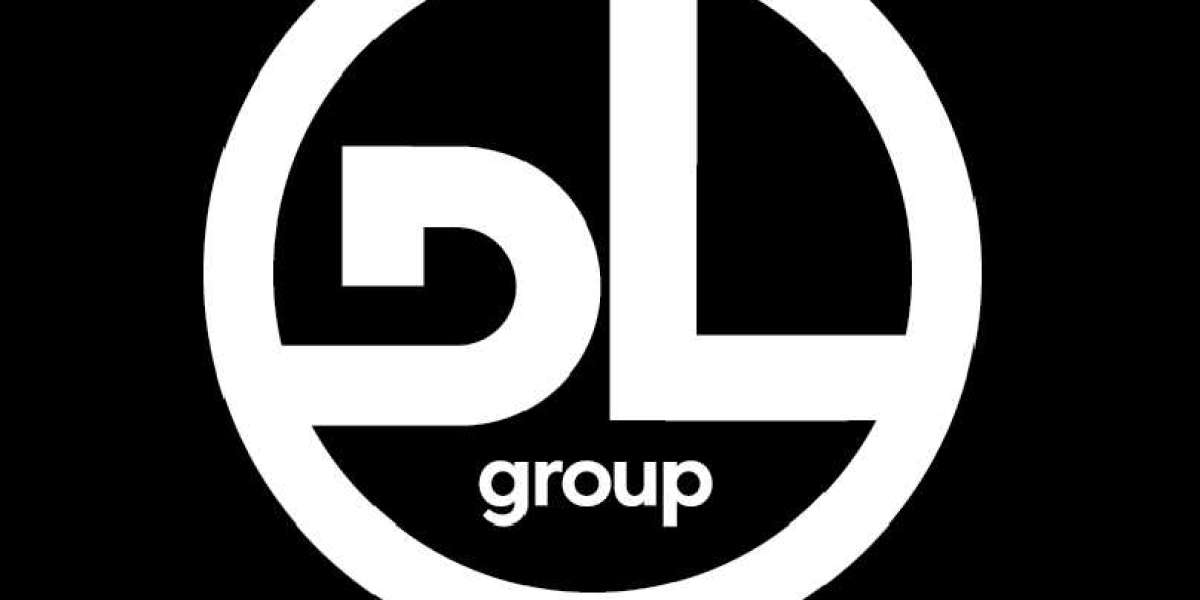Understanding your body shape is more than just about appearance; it’s about boosting confidence and building a style that truly reflects you. Knowing your body shape helps you select clothes that flatter your form, choose workouts that enhance your natural structure, and ultimately, feel more comfortable in your own skin.
Common Body Shapes Explained
Body shapes are as unique as fingerprints, but most people fall into one of five general categories:
Hourglass: A well-proportioned shape where the bust and hips are similar in width, with a naturally defined waist. This shape celebrates curves and balances both the upper and lower body.
Pear: Typically has a narrower upper body, with a focus on fuller hips, thighs, and lower body. The pear shape can highlight a smaller waist while balancing the overall silhouette.
Apple: Often has a fuller upper body with broad shoulders and a smaller lower body. Apples usually carry more weight around the midsection, with thinner legs.
Rectangle: Also known as an athletic or straight shape, the shoulders, waist, and hips are relatively aligned, creating a balanced look with minimal curves.
Inverted Triangle: A wider shoulder line and bust, tapering down to slimmer hips and legs. This shape is characterized by a strong upper body and narrow lower body.
How to Identify Your Body Shape
Knowing your body shape requires a few measurements: shoulders, bust, waist, and hips. Here’s how to get started:
- Hourglass: Bust and hip measurements are similar, with a significantly smaller waist.
- Pear: Hips measure larger than the bust and shoulders.
- Apple: Shoulders and bust are broader, with a less defined waist.
- Rectangle: Bust, waist, and hips are close in measurement, with minimal curves.
- Inverted Triangle: Shoulders or bust are the largest measurement, with narrower hips.
Styling Tips for Each Body Shape
Dressing for your body shape means enhancing your favorite features:
- Hourglass: Embrace fitted tops and high-waisted bottoms that accentuate the waist, and choose wrap dresses to highlight curves.
- Pear: Balance fuller hips with wider necklines or structured tops, and opt for A-line skirts or wide-legged pants.
- Apple: Go for V-necks and empire waistlines to elongate the figure, and look for straight or bootcut jeans for balanced leg shape.
- Rectangle: Layering, belted dresses, and tops with ruffles can add curves to this shape, while slim-fit jeans enhance a streamlined silhouette.
- Inverted Triangle: Use softer textures and patterns on the lower half and try V-neck tops to draw attention downwards, creating visual balance.
Fitness and Wellness Considerations for Body Shape
Certain exercise routines work better depending on body shape. While any exercise can be beneficial, targeting specific areas can help enhance natural balance:
- Hourglass: Full-body workouts maintain balance, focusing on cardio and moderate strength training.
- Pear: Lower-body exercises, like squats and lunges, support strength, while upper-body strength training can help balance the physique.
- Apple: Core-focused routines strengthen the midsection, while cardio helps reduce overall body fat.
- Rectangle: Strength training and core work help create a more defined waist and a shapelier figure.
- Inverted Triangle: Lower-body exercises, such as leg presses, build muscle, balancing the upper body.
Embracing and Celebrating Your Shape
Feeling comfortable in your skin means more than dressing well; it’s about self-acceptance and confidence. With the variety in body shapes, fashion and beauty have increasingly celebrated all forms. Remember, body shapes aren’t meant to limit—they’re here to empower your style.
Conclusion: The Journey to Confidence in Your Own Shape
Embracing your body shape is a journey of discovering what makes you unique 體型 . By understanding your natural form, you gain the power to make style choices that enhance your confidence and highlight your best features. So, experiment with different looks, take pride in your body, and let your personal style shine.








